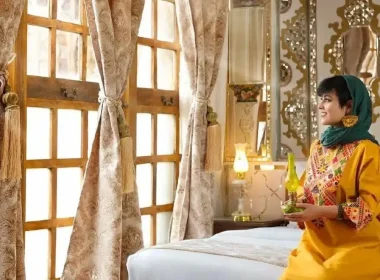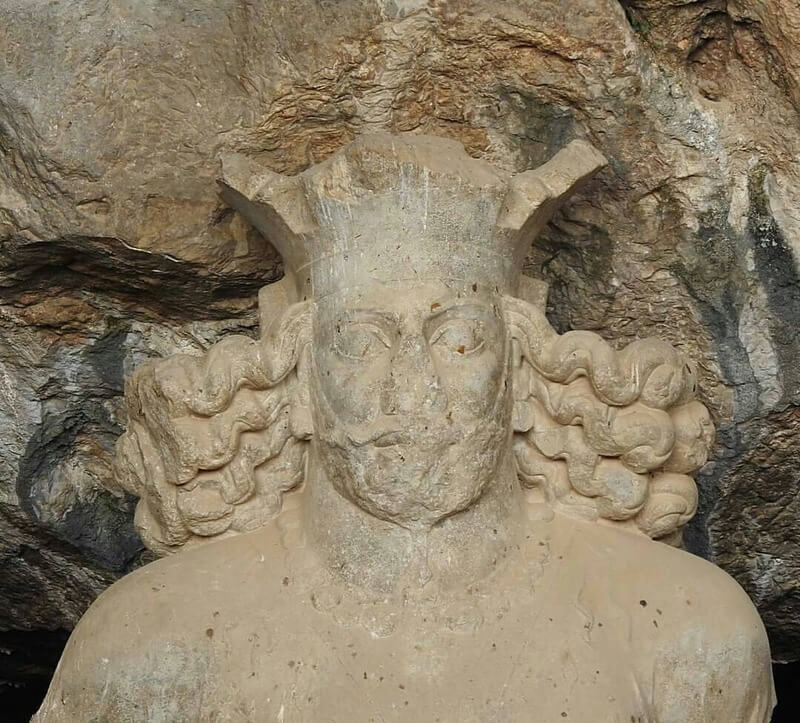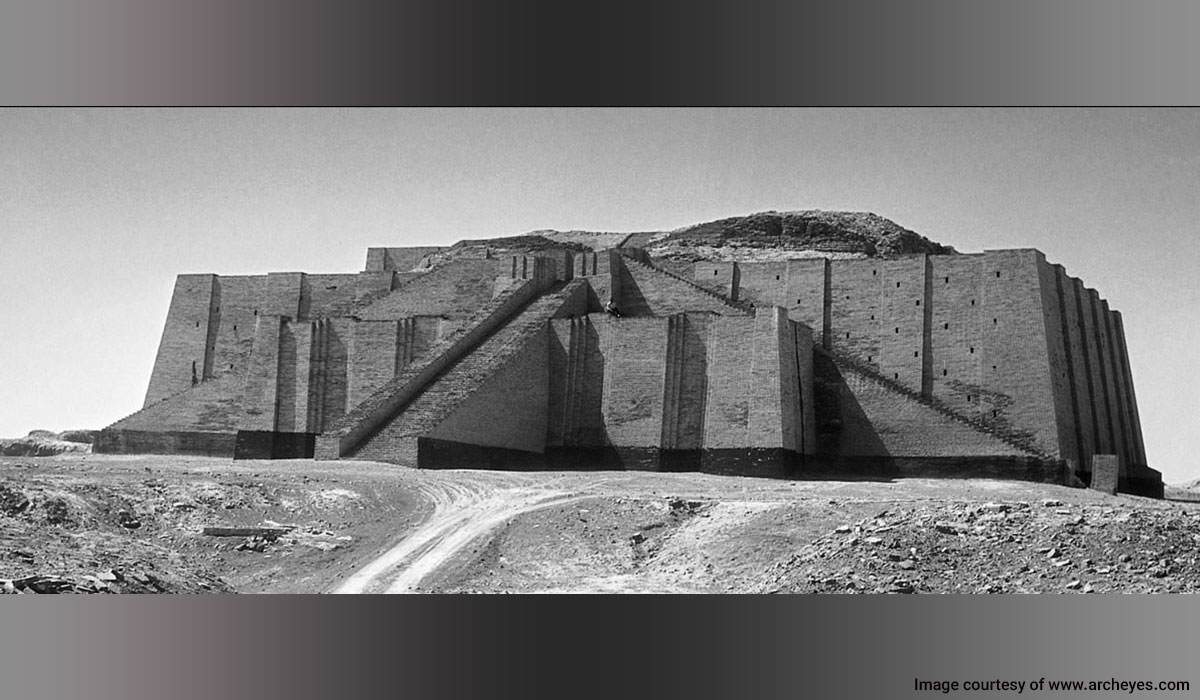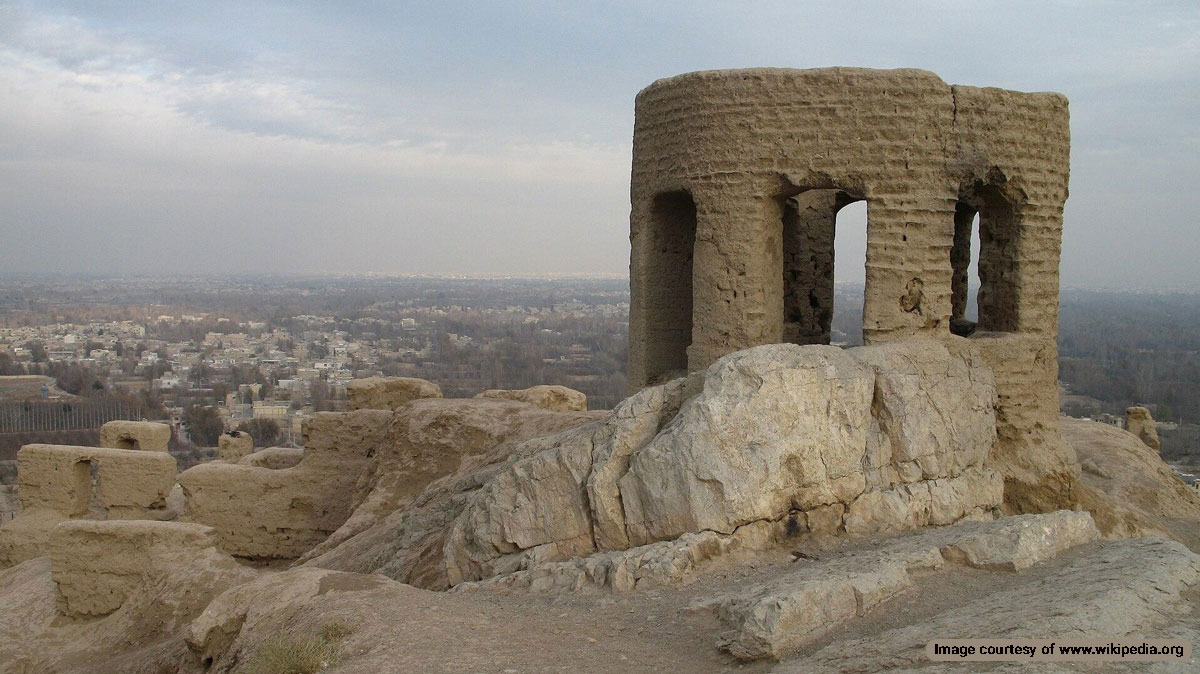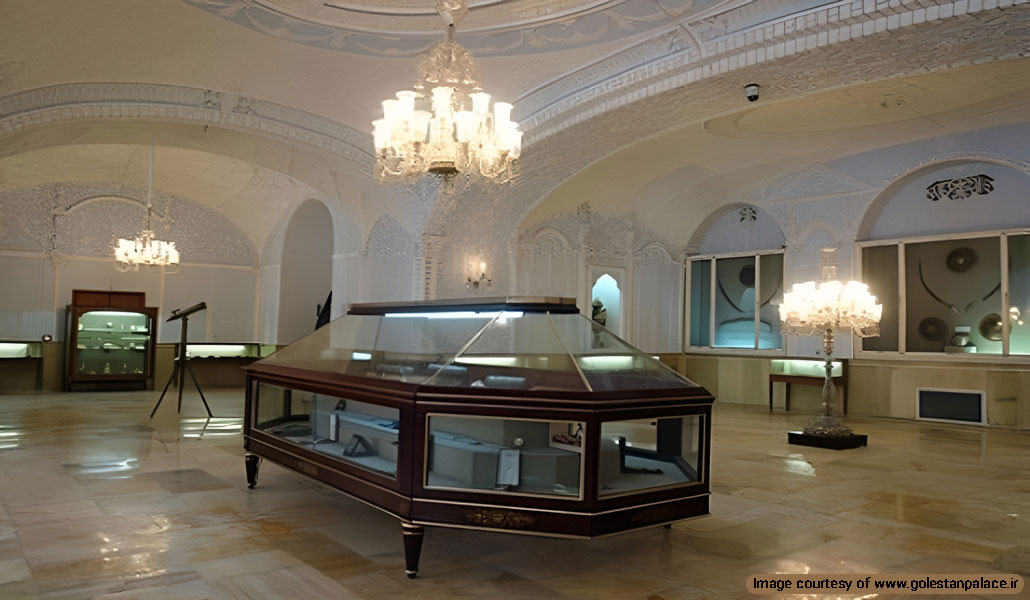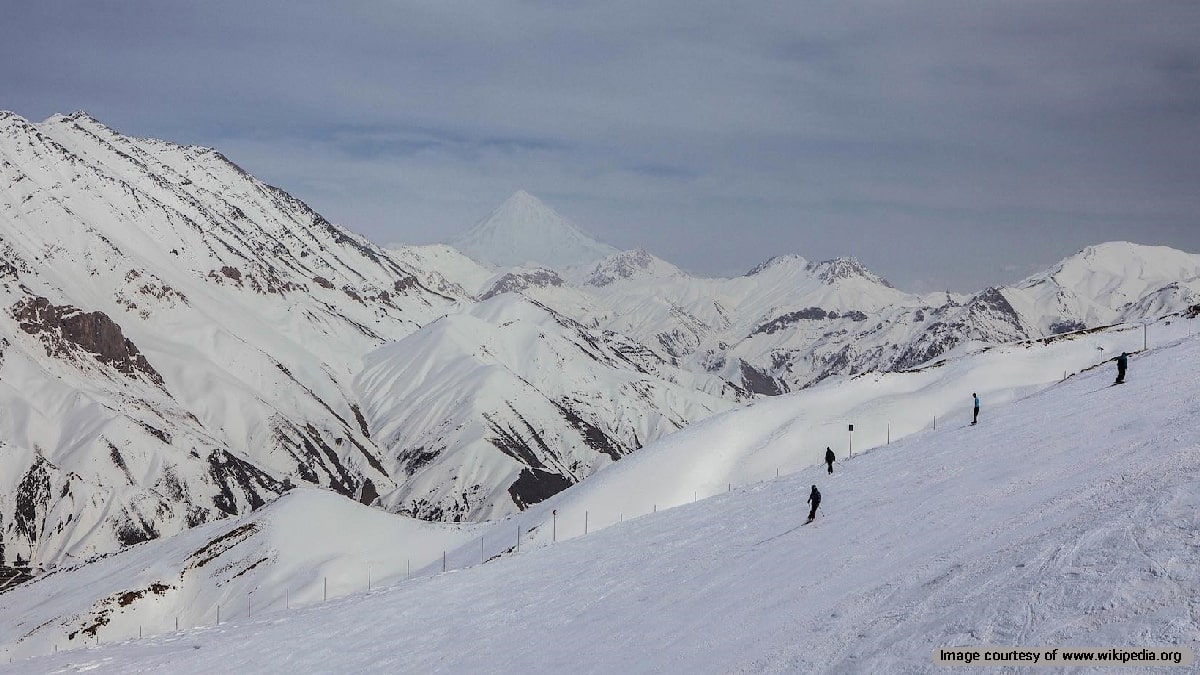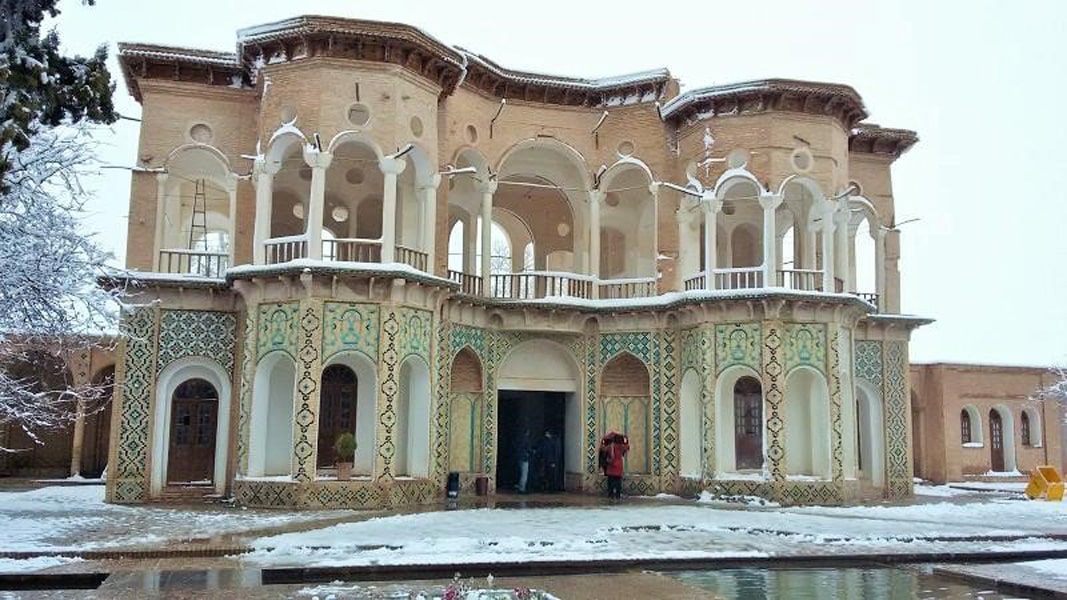
Symbolizing the divine paradise on earth, gardens have been an integral part of Iranian architecture and culture during history. They were intended primarily for pleasure rather than permanent residence or production of crops. This type of property was also considered a symbol of kings or dignitaries’ power. In order to learn more about Persian gardens, I recommend you visit these five, all of which recorded by UNESCO.
Shahzadeh Garden
It’s located on a branch of the Silk Road, 6 km south of Mahan in Kerman province. It has an area of 5.5 hectares and dates back to the late Qajar period. All information related to this garden has been translated into 35 languages by UNESCO.
The architecture of this garden can be a distinctive feature of it. The entrance gate is like a watchtower that provides you with different views in each direction. Entering through this gate, you can have a general view of the entire garden at first glance. The terraced design of the axis gives you such an opportunity.
On the way to the upper end of the garden, you pass water cascade fountains. The stream comes down from surrounding mountains. These fountains are amazing samples of Iranian architecture because the only factor giving them impetus is the natural slope of the land, nothing else. It’s a common feature among most of the historical Persian gardens. There are two main beautiful pools at both ends of these fountains.
At the upper end, there is a two-floor mansion. It was used as a permanent or seasonal residence. The distance from here to the entrance gate is about 235 meters. These two structures are reflected in the pools in front of them and it adds to the charm of this garden.
Considering the surrounding arid land, it’s amazing to see the variety of plants and their arrangement. Here, you can see evergreen and broadleaf trees, ornamental plants, and fruit trees. That’s the reason why this garden is famous as a piece of paradise on earth.
Eram Garden
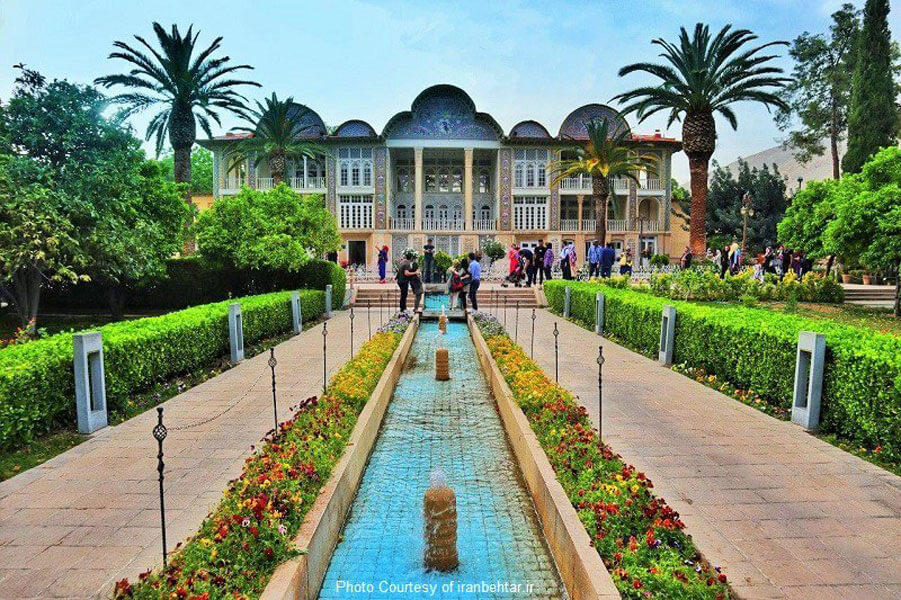
With great beauty and fame, it’s one of the stunning Persian gardens in Shiraz. There is no detailed information available about the exact date of its construction, but certainly, it has been there since the Seljuk period. It’s a remarkable botanical garden including a gorgeous mansion.
There is a lot to say about the three-floor mansion as an outstanding manifestation of Iranian architecture. The initial building was erected by one of the chiefs of the Qashqai tribe in the late Zand period. But then, the present glorious mansion, which may have replaced the earlier foundation, was constructed in the Qajar period. It’s one of the masterpieces of Qajar architecture because of its beautiful wall and ceiling paintings, tiling, molding, and exquisite carved wooden doors.
On the top part of the mansion, the crescent-shaped structures catch your eyes. They’re made of colored tiles and have given a special charm to the building. The largest structure in the middle depicts the battles of Qajar kings and stories from the ancient Persian literature.
The balcony of the upper floors is decorated by pillars that are inspired by Persepolis and on their ceiling, you can see very beautiful paintings. The six inscriptions on the front façade of the ground floor can be also regarded as decoration. They are poems by famous poets like Hafez, Saadi, etc.
The ground floor has the main hall through which a stream of water passes. This stream runs into a pool in front of the mansion and then flows through water ducts in the garden. Colored tiles embellish the floor and walls of this hall.
Tall, stately, beautiful cypresses standing along both sides of the main passways is another significant attraction of the garden. They are well-known as Sarv-e-Naz among Iranians because of their unique style. The tallest one among these special cypresses is about 35 meters high.
Moreover, the courtyard is covered by a wide variety of plants including evergreens, ornamental shrubs and flowers, and fruit trees. That’s why it’s been made into a botanical garden.
Dowlat Abad Garden
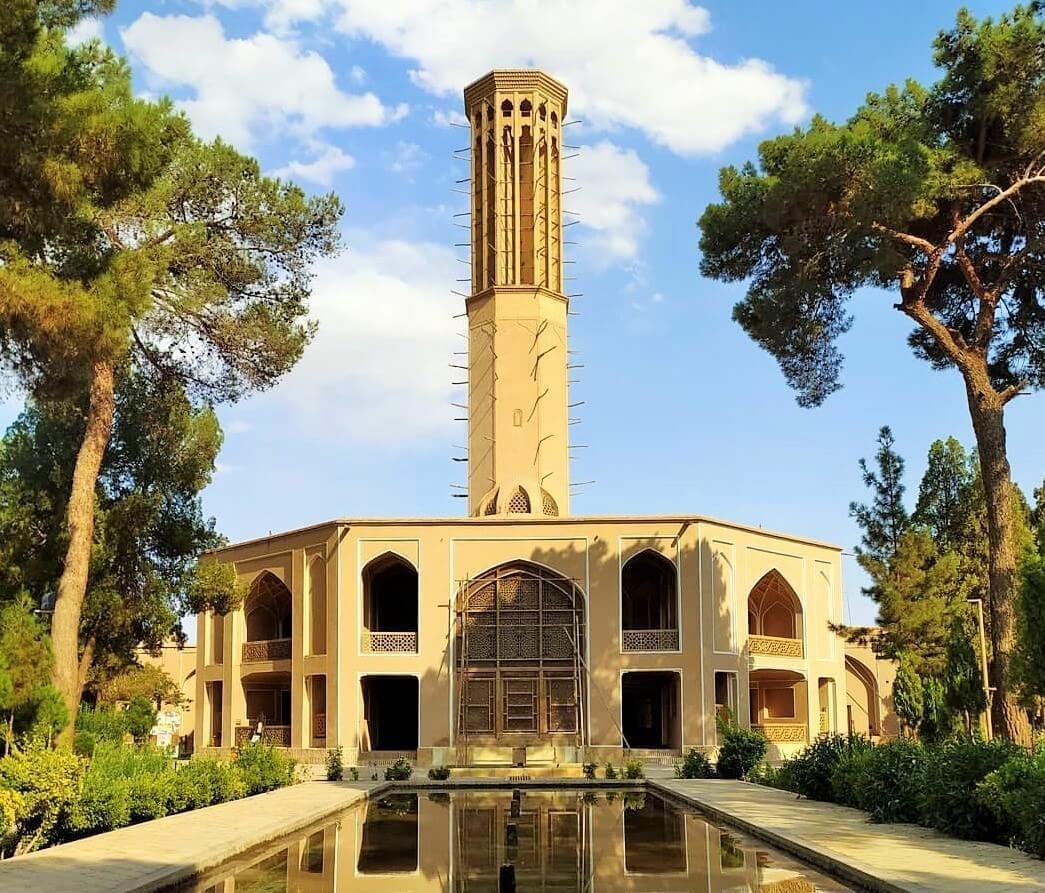
It’s located in Yazd with an area of about 7 hectares and dates back to the Afsharid period. It has gained considerable fame among Persian gardens because of its windcatcher which is the tallest one in the city made of clay with the height exceeding 30 meters.
The great historical qanat, Dowlat Abad, used to water this garden and it’s the reason for naming. Dating back to about 200 years ago, this qanat is supplied by aquifers getting water from the highlands of Mehriz, south of Yazd. After traveling over 50 kilometers, this water reaches the garden.
The garden includes an exterior section, the main fountain, and an interior section. The exterior part was a place for governmental formalities, holding ceremonies, and administrative affairs of the city. The interior part was a family residence.
You enter the garden through the entrance gate which is part of the exterior section. The exterior also includes two watchtowers, a Mirror hall, Tehrani mansion, government house, two public reservoirs, and a tribunal.
The main pool, with 12 meters width and 194 meters length, divides the garden into two parts and connects the exterior section to the interior section. Tall pine trees along both sides of this fountain create a scene that leads your attention to the main mansion.
Passing the fountain, you reach the interior section. It includes a mansion in an octagonal shape, a watchtower, a harem, a kitchen, servant rooms, a private cistern, and stables. This section is surrounded by vines and pomegranate trees.
The marvelous structure of windcatcher has been built on the octagonal mansion and is intended to be used as a traditional air conditioning system. It’s a masterpiece of Iranian architecture. In the mansion, there’s a pool just below the windcatcher. The wind coming inside through the windcatcher blows over pool’s water and cools the alcoves, halls, and chambers.
Chehelsotun Palace
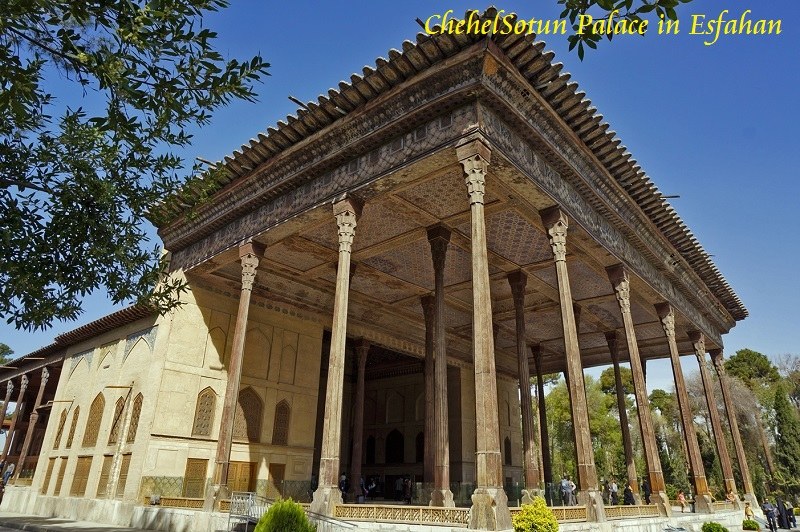
The magnificent palace and its garden covering an area of about 6.7 hectares are located in Isfahan. It was constructed in the Safavid period during the reign of Shah Abbas I and was completed during the reign of Shah Abbas II. This palace will make you have great admiration for Iranian architecture.
The primary structure of the palace consisted of a mansion with a central hall and chambers surrounding it. This structure was completed later by the spectacular Mirror hall and two large northern and southern chambers added to it, the impressive 20-column portico in front of the indoor audience hall, and two large pools on both sides of the palace. This monument looks magnificent because of several mirror decorated sections, tiling, and particularly paintings on the walls and ceilings.
In comparison with the other Persian gardens mentioned here, giving such a name to the palace has an interesting relationship with its structure. In Persian, Chehelsotun means forty columns. Some say it’s given such a name because 20 columns supporting the entrance hall together with their reflections in the front pool appear to be forty. Some others say the reason is that the number 40 is a symbol of perfection and it shows the perfection of the palace because of its columns.
As I mentioned earlier, gilded decorations, large portraits of Safavid kings, and other splendid paintings of the royal hall are top attractions of the palace. The walls and ceilings of the central hall are also decorated with impressive paintings depicting some important historical events. Besides them, you can see some less historical but more aesthetically valuable works in traditional miniature celebrating the joy of life and love.
Outside the palace, the inlaid ceiling of the portico, stone lions representing the stone carving industry of Safavid period at both sides of the entrance passage, and statues of Anahita, the goddess of water, are some other things which can attract your attention.
Fin Garden
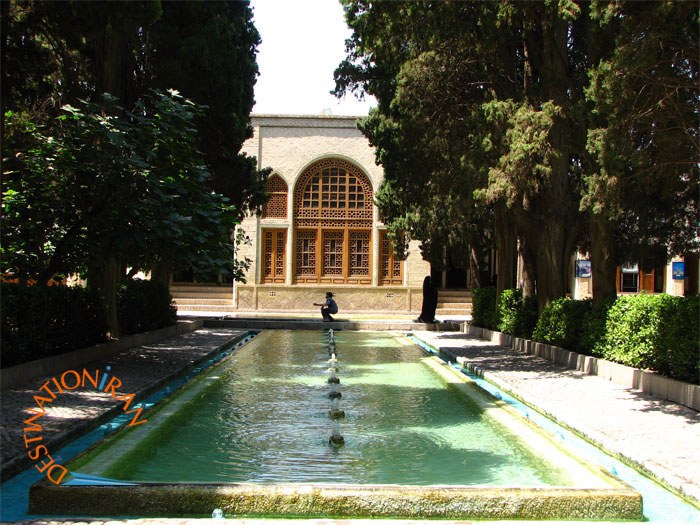
The historical garden of Fin is a royal garden in Kashan dating back to the Safavid period. It has an area of about 3.2 hectares. In general, the basic layout consists of a fortified entryway followed by a walkway leading to a pool in front of a two-story pavilion, the temporary residence of Safavid kings.
In the design of this garden, water has been the most fundamental element and is present in the form of pools, basins, streams, fountains, and springs. Plenty of water and trees with broad shade, mostly the cypresses that are between 100 and 500 years old, are in great contrast to arid lands outside of the garden.
The origin of water passing through is a nearby 7000-year-old spring, known as Solomon’s spring among the locals, in the same neighborhood. This water entering from the southern part of the garden flows to the northern part, and the difference in altitude provide the impetus for fountains on the way.
Following the fountains, you reach a two-story pavilion of carved ornamental stone containing four alcoves and daises above the central tiled pool. There’s another pavilion constructed in the Qajar period at the end of the garden. Its cupolas and arched ceilings are adorned with various paintings mostly depicting Qajar kings and ancient stories.
In the eastern part of the garden, there are two buildings called hammam or bathhouse. One of them dates back to the Safavid era. The other one in which Amir Kabir, the chancellor of Naser al-Din Shah Qajar, was assassinated dates back to the Qajar era. These two buildings are joined together as a whole now.
As you’ve noticed, all these Persian gardens have some features in common. In Iranian architecture, the gardens are all surrounded by walls having entrance gates functioning as watchtowers. As soon as you pass through the entrance, you can see a body of water or a stream of water coming from a spot inside the garden. There’s always a mansion or a palace at this spot catching your eyes. And you’ll see tall, shade-casting trees providing better conditions for fruit trees or flowers to grow well.
The above was only 5 examples of Persian gardens we highly recommend you to explore during your visit to Iran. You can check out several other amazing gardens in Iran that cry out to be discovered by you.



